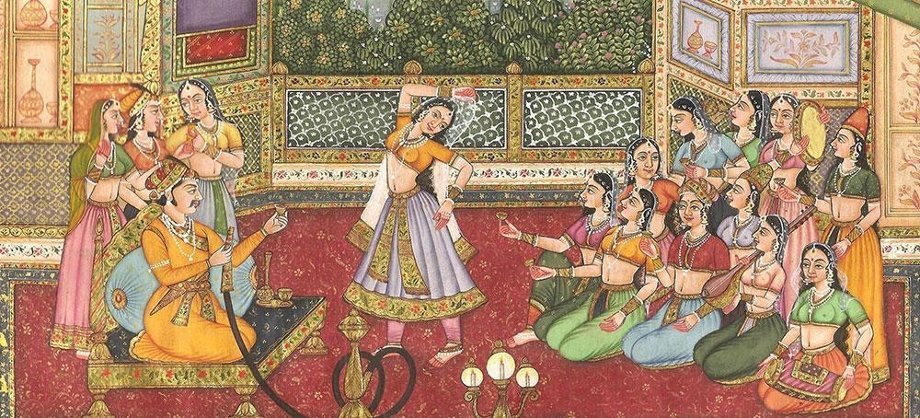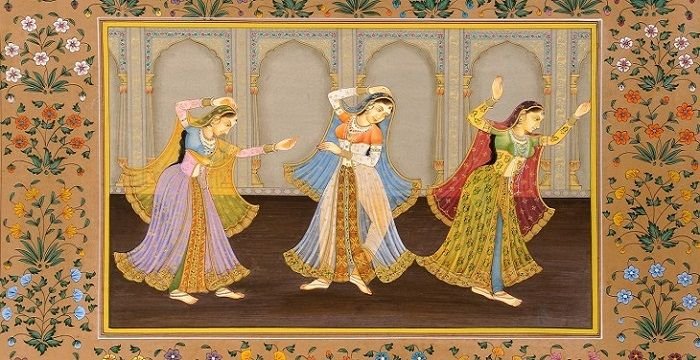Indian miniature art is a vibrant and intricate form of painting that has captivated art enthusiasts for centuries. To truly appreciate and understand Indian miniature art, it’s essential to explore its rich history, diverse styles, and unique techniques. This guide will help you delve into the world of Indian miniature art, revealing the elements that make this art form so unique and significant.
Historical Background
Origins and Development
Firstly, to understand Indian miniature art, it’s crucial to start with its historical roots. This art form dates back to the 6th century and flourished during the medieval period. It was primarily used to illustrate manuscripts and create decorative elements for royal courts. The tradition evolved through various dynasties, including the Mughal, Rajput, and Deccan Sultanate, each contributing distinct styles and themes.
Influence of Royal Patronage
Secondly, royal patronage played a significant role in the development of Indian miniature art. Emperors and kings often commissioned artists to create miniature paintings that depicted their courtly life, religious events, and historical battles. This patronage not only provided artists with the means to perfect their craft but also allowed for the development of highly refined and diverse artistic styles.

Styles and Techniques
Distinct Artistic Styles
Thirdly, to fully understand Indian miniature art, one must explore its various styles. The most prominent styles include:
- Mughal Miniature Art: Known for its detailed portrayal of courtly life and opulent scenes. Mughal miniatures often feature intricate backgrounds and elaborate costumes.
- Rajput Miniature Art: Characterized by its vibrant colors and portrayal of heroic and romantic themes. Rajput miniatures are known for their distinctive use of bold colors and dramatic compositions.
- Pahari Miniature Art: Originating from the Himalayan region, this style is known for its serene landscapes and depictions of deities in a natural setting.
Artistic Techniques
Understanding Indian miniature art also involves learning about the techniques used by artists. Artists create miniature paintings using natural pigments and fine brushes, which allow them to produce the detailed and precise work characteristic of this art form. They often use handmade paper or cloth as their canvas and meticulously layer the paintings to achieve depth and richness.
Themes and Subjects
Religious and Mythological Themes
Indian miniature art frequently depicts religious and mythological themes. Many paintings illustrate stories from Hindu epics like the Ramayana and Mahabharata or depict scenes from the life of the Buddha. These themes are rendered with a high degree of detail and symbolism, providing viewers with a visual representation of sacred narratives and spiritual ideals.
Courtly Life and Portraits
Another common subject in Indian miniature art is courtly life and portraits. These artworks often showcase the opulence of royal courts, including detailed depictions of daily life, royal ceremonies, and portraits of kings and queens. Such paintings offer valuable historical insights into the lifestyles and customs of different eras.
Appreciating the Craftsmanship
Attention to Detail
To truly appreciate Indian miniature art, one must recognize the extraordinary craftsmanship involved. The meticulous attention to detail in these paintings, from the fine brushstrokes to the intricate patterns, reflects the skill and dedication of the artists. Every element, from the delicate features of figures to the elaborate backgrounds, is executed with precision.
Preservation and Conservation
Preserving Indian miniature art is crucial for maintaining its historical and cultural significance. Many miniature paintings are centuries old and require careful conservation efforts to ensure their longevity. Museums and collectors play an essential role in preserving these artworks, allowing future generations to experience and understand this beautiful art form.
Exploring Indian Miniature Art Today
Museums and Exhibitions
Visiting museums and exhibitions is highly recommended to gain a deeper understanding of Indian miniature art. Institutions like the National Museum in New Delhi and the Victoria and Albert Museum in London have extensive collections of miniature paintings. These exhibitions offer valuable opportunities to see original works and learn about their historical context.
Art Books and Online Resources
Additionally, numerous art books and online resources provide detailed information about Indian miniature art. Books by art historians and scholars can offer in-depth analyses of different styles and techniques, while online resources and digital archives make it easier to access a wide range of artworks and scholarly articles.
Conclusion
In conclusion, understanding Indian miniature art involves exploring its rich historical background, diverse styles, and intricate techniques. Additionally, by delving into the themes and subjects of these paintings, appreciating the craftsmanship, and engaging with contemporary resources, you can gain a deeper appreciation for this exquisite art form. Indian miniature art not only reflects the artistic achievements of its creators but also offers a window into the cultural and historical tapestry of India.

